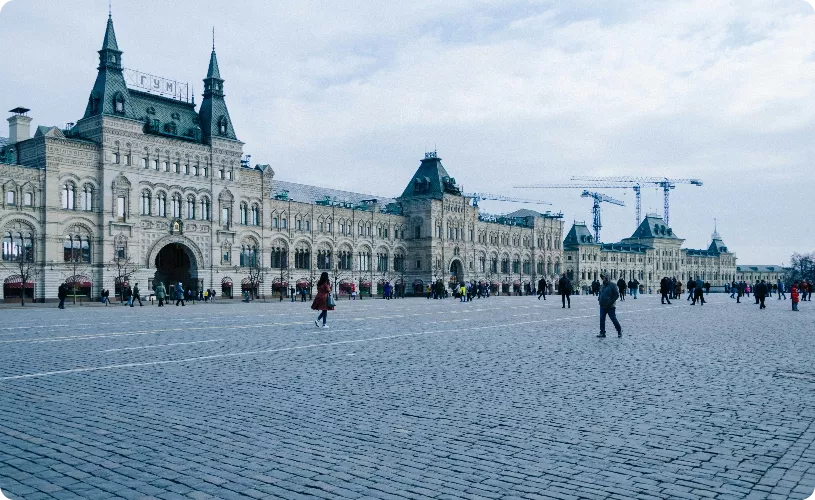The diamond-related sanctions against Russia are implemented in different stages:
The first stage: started on January 1, 2024
This was the moment when the import of diamonds of Russian origin or diamonds coming directly from Russia became illegal (= direct ban).
The second stage: started on March 1, 2024
As of this moment, the indirect import of Russian diamonds (for example, when they were first polished in a third country like India) has also become illegal. During this stage, which is also known as the ‘Sunrise Period’, documentary evidence is required to prove the origin of diamonds (and that they are non-Russian) when importing diamonds into Belgium via the Diamond Office. All diamonds in scope during this period (March 1 until September 1, 2024) are natural, non-industrial, rough and polished diamonds equal to or larger than 1 carat.
The third stage: in effect since September 1, 2024
From this moment, diamonds in scope are expanded with synthetic diamonds, so diamonds in scope are natural and synthetic, non-industrial, rough, and polished diamonds equal to or larger than 0.5 carat.
Also, from this moment, Belgian Registered Diamond Companies will be able to regularize their existing stock of goods, consisting of diamonds of Russian or unknown origin. This is the so-called ‘Grandfathering Principle’.
Fourth and final stage:
The moment when a fully-fledged traceability system, on which the G7 verification and certification mechanism will be based, is implemented and companies are required to work with validated traceability systems in their daily workflows, is postponed to a later moment. This is considered to be the fourth and final stage regarding implementing the sanctions measures.
Additional information will be shared as soon as it is made available.
Interesting downloads:
The G7 Grandfathering Principle
The Grandfathering principle has been in effect since September 1, 2024. This principle allows Belgian-registered diamond companies and foreign diamond companies - under certain conditions - to regularize their existing stock of Russian or unknown-origin diamonds.

